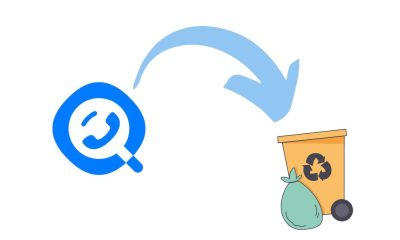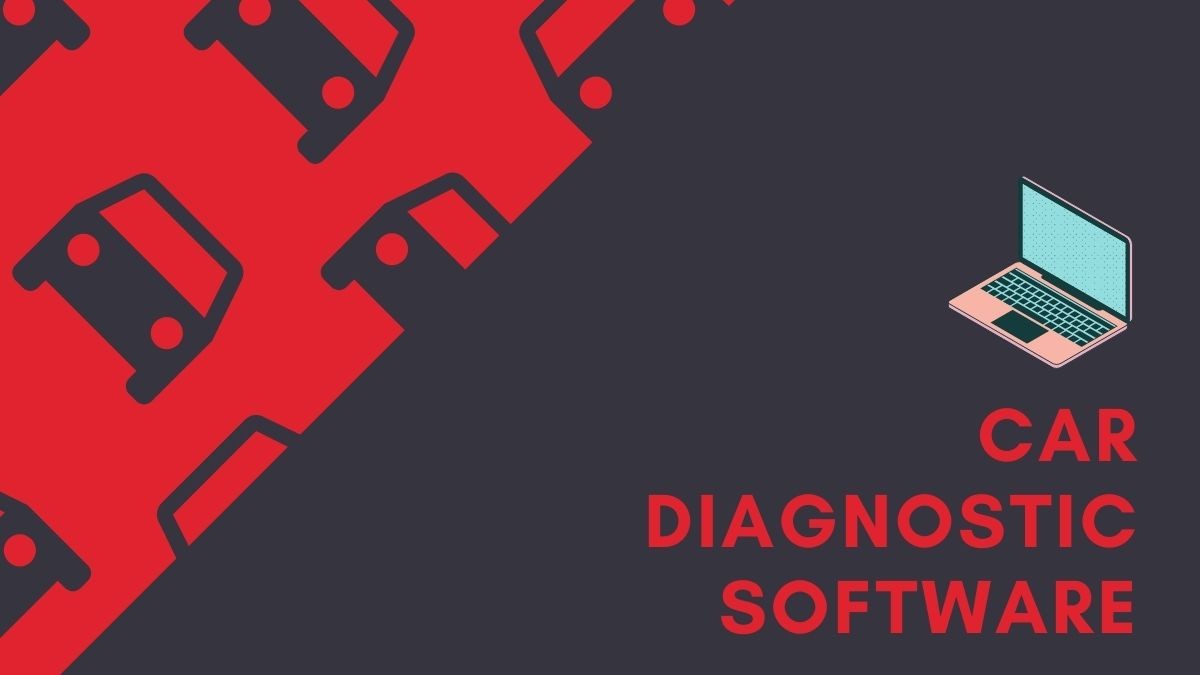Software Development
A-Z Software Development Team Vocabulary
Here’s my version of an A-Z glossary of terms related to roles in a development team. Some of them are familiar to you, but I’m sure at least one term will be new to you. If I didn’t do it right, write your own version in the comments.
I would be very grateful if you could share this list on your social media. This is necessary so that we can improve it together. I promise to keep track of all the suggestions and make changes!
A-Z glossary of terms related to roles in a development team
Application Architect – Responsible for designing the high-level structure of IT projects and guiding the project team with technical design and architecture.
Business Analyst – Analyzes business processes, identifies requirements, and ensures that technical solutions meet business needs.
Chief Technology Officer (CTO) – Executive responsible for managing a company’s technological direction and R&D.
Designer – Creates visual concepts and graphical elements for products, often focusing on aesthetics and user appeal.
Embedded Systems Developer – Focuses on programming for embedded systems, which are computer systems with a dedicated function or functions, such as household appliances, medical devices, or automobile engines.
Front-end web development – Focuses on building the user interface and user experience of a web application.
Full stack developer – Engineers who handle both front-end (user interface) and back-end (server/database) development.
Game Developer – Designs and creates video games for computers, gaming consoles, and other platforms.
Hardware Engineer – Designs, develops, and tests the physical components of computer systems, like circuits and chips.
Information Security Analyst – Protects an organization’s computer systems and networks by identifying and addressing security vulnerabilities.
JavaScript Developer – Specializes in using JavaScript to create interactive web applications.
Kubernetes Administrator – Manages Kubernetes, an open-source system used to automate deploying, scaling, and managing containerized applications.
Linux Administrator – Specializes in managing systems and servers running the Linux operating system.
Mobile App Developer – Designs and creates applications for mobile devices, such as smartphones and tablets.
Network Engineer – Designs, implements, and troubleshoots computer networks, including LANs, WANs, and intranets.
Operations Engineer (often called DevOps) – Bridges the gap between software development and IT operations to ensure smooth and automated deployment, scaling, and management of applications.
Product Manager – Oversees the development, production, and marketing of a product, ensuring it meets user needs and business goals.
Product owner – Represents the end user in a Scrum team, detailing product features and prioritizing the backlog.
Project manager – Plans, organizes, and oversees projects, ensuring they are completed on time and on budget.
Quality Assurance – Ensures that products or services meet established standards, often through testing and feedback loops.
Release Manager – Oversees the delivery of software into production environments, ensuring that releases are timely and stable.
Scrum master – Facilitates agile development in a Scrum team, ensuring the team adheres to agile principles and practices.
Software Developer – Designs, writes, and tests computer programs or applications.
Software Engineer – Applies engineering principles to design, develop, and maintain software and systems.
Software Testing – Involves the evaluation of software applications to identify defects and ensure quality.
Systems analyst – Studies an organization’s systems and procedures, recommending technological solutions to increase efficiency.
Systems architect – Designs complex IT systems, ensuring that all parts of the system work well together.
Team Leader – Supervises and leads a team, ensuring tasks are completed and team members are supported.
Tech Lead – Guides the technical direction of a team, often combining technical expertise with leadership responsibilities.
User experience – Focuses on optimizing products to ensure they are user-friendly and offer a positive experience.
User interface – Concerns the design and layout of the interactive parts of a product, ensuring intuitive and pleasant user interactions.
Virtual Reality Developer – Creates applications and experiences for virtual reality platforms.
Web Designer – Focuses on the design and aesthetics of websites, ensuring they are both visually pleasing and user-friendly.
Xamarin Developer – Uses the Xamarin platform to develop cross-platform mobile applications using .NET and C#.
Yield Optimization Engineer – Focuses on improving the performance and efficiency of software and systems.
Zero-day Exploit Researcher – Searches for unknown vulnerabilities in software and systems that can be used or sold before they’re known to the manufacturer.
-

 Manage Your Business21 hours ago
Manage Your Business21 hours agoTOP 10 VoIP providers for Small Business in 2024
-

 Cyber Risk Management5 days ago
Cyber Risk Management5 days agoHow Much Does a Hosting Server Cost Per User for an App?
-

 Outsourcing Development5 days ago
Outsourcing Development5 days agoAll you need to know about Offshore Staff Augmentation
-

 Software Development5 days ago
Software Development5 days agoThings to consider before starting a Retail Software Development
-
Edtech21 hours ago
How to fix PII_EMAIL_788859F71F6238F53EA2 Error
-

 Grow Your Business5 days ago
Grow Your Business5 days agoThe Average Size of Home Office: A Perfect Workspace
-
Solution Review5 days ago
Top 10 Best Fake ID Websites [OnlyFake?]
-
Business Imprint5 days ago
How Gaming Technologies are Transforming the Entertainment Industry










